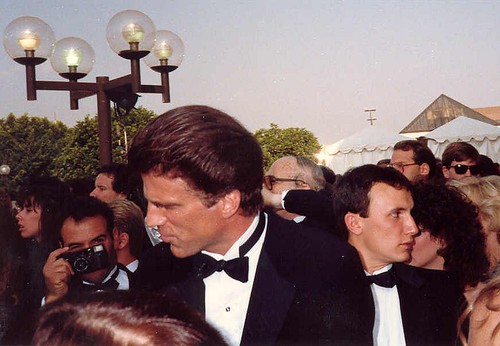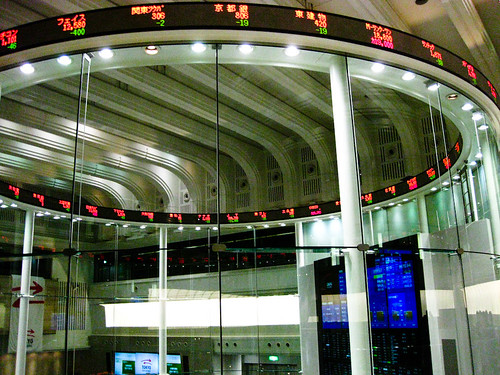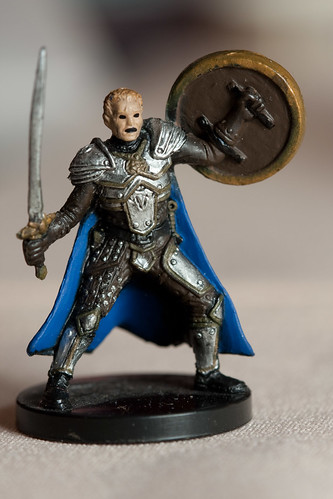Good Trades are Difficult to Automate
Mentioned in Ramsey Theory and Curve Fitting, patterns can be found in any set of numbers. Therefore a purely quantitative and easily automate-able trading strategy isn’t sufficient for consistently profitable trading. A ton of additional research around economic, corporate conditions, sentiment numbers, and etc. remains necessary.
The resulting trades therefore require human decision making, where discipline, memory, decisiveness, and etc. can be assets, or liabilities.
The Seinfeld Anecdote
George and Jerry are waiting to hear from NBC about how much the network will offer for their pilot for a show called “Jerry”. When NBC eventually offers Jerry and George $13,000 for both of them.
George yells, “That’s insulting! Ted Danson makes $800,000 an episode.”
Jerry: “Oh, would you stop with the Ted Danson.”
George: “Well, he does… I can’t live knowing that Ted Danson makes that much more than me. Who’s he?”
Jerry: “He’s somebody.”
George: “What about me?”
Jerry: “You’re nobody.”
George: “Why him and not me?”
Jerry: “He’s good. You’re not.”
George: “I’m better than him.”
Jerry: “You’re worse. Much, much worse.”
(Bellafiore, 66)

Reference
Bellafiore, M. (2010). One Good Trade. Hoboken, New Jersey: John Wiley & Sons, Inc.




